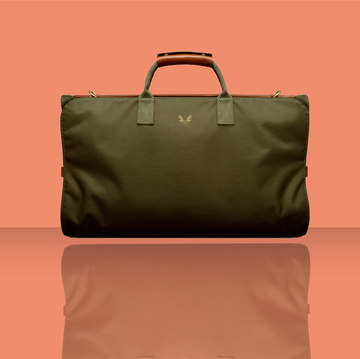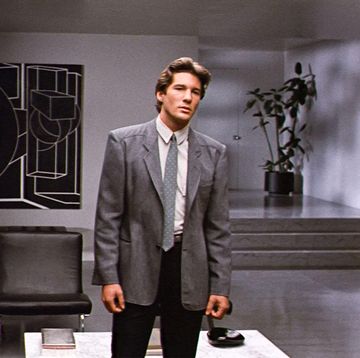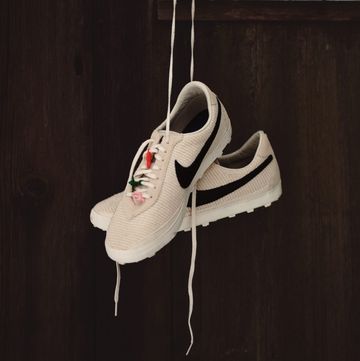The cold and I, we are not best pals. Despite that, I am a Person Who Is Good at Winter and also a Person Who Is Good at Cleaning, so I can help you with all of these cold weather woes that plague you.
How, and How Often, to Clean Winter Coats
Parkas, fleece pullovers, puffy vests, etc.
For the most part, your parkas, fleeces, puffy vests, and the like are machine washable. You should, of course, always check the care tag for cleaning instructions out of an abundance of caution, but even if a coat claims to be "dry clean only," it may be safe to machine wash, depending on the fabric content. For more on that, check out this column I did for our sister site, ELLE, on how to cut back on your dry cleaning bill.
How to machine wash winter coats is a topic we recently covered in this space; I also devoted a podcast episode to the subject, so should you be more inclined to receive your instructions aurally, you can give that a listen.
In terms of the "how often?" question, there isn't a concrete answer, but there are some guidelines to follow:
- Always clean a coat at the end of the season, before you store it during the winter months.
- Launder after you've worn the coat to do messy outdoor work or if you've spilled something that spot treating won't fix.
- For general upkeep, wash a coat that you wear on the regular every 1-3 months.
Wool Overcoats
Wool or cashmere overcoats should be sent out for professional cleaning. While you can clean a wool coat at home, it's a sloggy, time-consuming operation that I don't generally recommend. Nicer overcoats should be cleaned at least once a year, before they go into seasonal storage. They should also, quite obviously, be sent out to the cleaner if something disastrous happens to or on them. That's my nice way of saying that if you barf on your coat, you should send it out to be cleaned.
In between professional cleanings, however, it's a good idea to spot clean stained areas as they occur, especially if you wind up with splatters of mud or road salt along the hem of your overcoat. To do this, use a small amount of white vinegar or diluted detergent dipped into a light-colored rag, to gently scrub at the stain. Be careful not to work at the stain so hard that you abrade the fabric, which can cause pilling or felting. A clothes brush is also a great way to care for overcoats, as regular use will keep dirt and grit from accumulating.
Cleaning Scarves Is a Thing You Really Should Do
Just like with winter coats, the way in which winter scarves are washed depends very much on what they're made of. Cottons, synthetics, fleece, and wool-blends can generally be machine washed, while cashmere and pure wool will benefit from a gentle hand-washing. If you do opt to use the washing machine, put the scarf or scarves into a mesh washing bag so that the scarf doesn't get wound around other clothes, which will cause stretching and other damage.
You should wash your scarves fairly regularly, since they get quite dirty and also quite germy—if you've been sick and sniffling into your scarf for a week, it's a good thing to wash it so you don't keep passing the same cold back to yourself all winter long.
Winter Shoe Care
Everything You Need to Know About Protective Sprays
Perhaps the most important thing to know about sprays designed to protect your shoes from the elements is that you should use one. It's truly worth the very small amount of extra effort that it takes to purchase and apply a protective coating to your winter footwear. Go ahead and buy a product that can be used on both leather and suede. Once you have it on hand in your home, you can quickly and easily treat your shoes, regardless of what sort of hide they're made of.
The question of how often to apply a protective coating is such a good one and there is a very clear answer: Reapply every six months or after they've been professionally cleaned, as professional cleaning will strip away the protective coating. The shoes should be clean before you apply a fresh coating of protectant.















